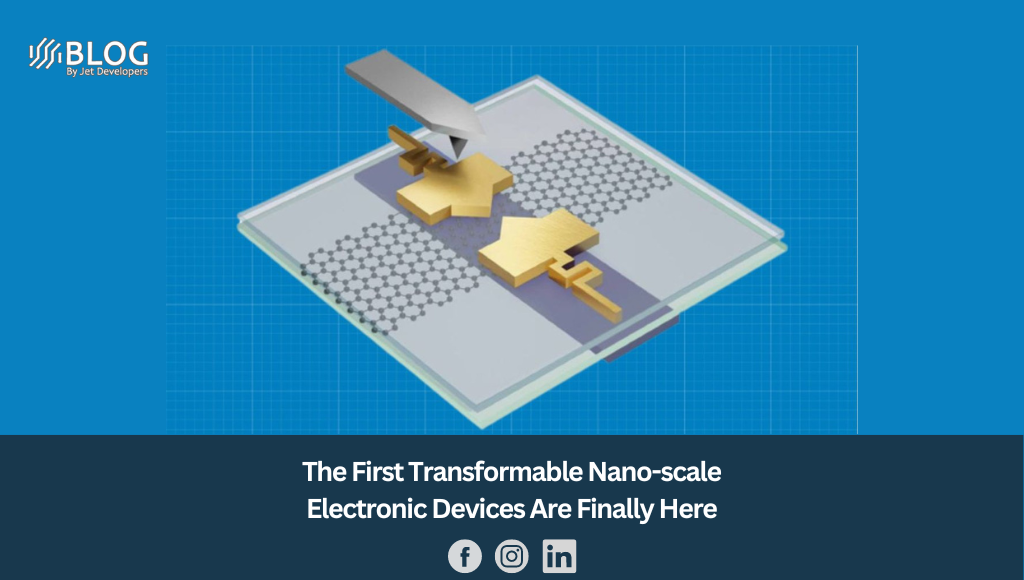What if the nano-scale electronic parts in devices like smartphones could transform into other objects? University of California, Irvine physicists have now engineered versions of these types of devices that can do just that. They can be altered into many different shapes and sizes.
This is according to a press release by the institution published on Monday.
“What we discovered is that for a particular set of materials, you can make nano-scale electronic devices that aren’t stuck together,” said Javier Sanchez-Yamagishi, an assistant professor of physics and astronomy whose lab performed the new research.
“The parts can move, and so that allows us to modify the size and shape of a device after it’s been made.”
The electronic devices are stuck on but can be reconfigured into any pattern a researcher can imagine.
“The significance of this research is that it demonstrates a new property that can be utilized in these materials that allows for fundamentally different types of devices architectures to be realized, including mechanically reconfigure parts of a circuit,” said Ian Sequeira, a Ph.D student in Sanchez-Yamagishi’s lab.
Up until now, scientists did not think such configurations were possible.
In fact, Sanchez-Yamagishi and his team weren’t even looking for what they ultimately discovered.
“It was definitely not what we were initially setting out to do,” said Sanchez-Yamagishi. “We expected everything to be static, but what happened was we were in the middle of trying to measure it, and we accidentally bumped into the device, and we saw that it moved.”
This is because tiny nano-scale gold wires can slide with very low friction on top of special crystals called “van der Waals materials.”
Slippery interfaces
Making the most of these slippery interfaces, they developed electronic devices made of single-atom-thick sheets of a substance called graphene attached to gold wires that can be transformed into a variety of different configurations easily.
However, the impact of the new devices still remains unclear.
“The initial story is more about the basic science of it, although it is an idea which could one day have an effect on industry,” said Sanchez-Yamagishi. “This germinates the idea of it.”
One area where it is certain to have an impact is quantum science research.
“It could fundamentally change how people do research in this field,” Sanchez-Yamagishi said.
“Researchers dream of having flexibility and control in their experiments, but there are a lot of restrictions when dealing with nanoscale materials,” he added in the press statement. “Our results show that what was once thought to be fixed and static can be made flexible and dynamic.”
The study is published in Science Advances.






